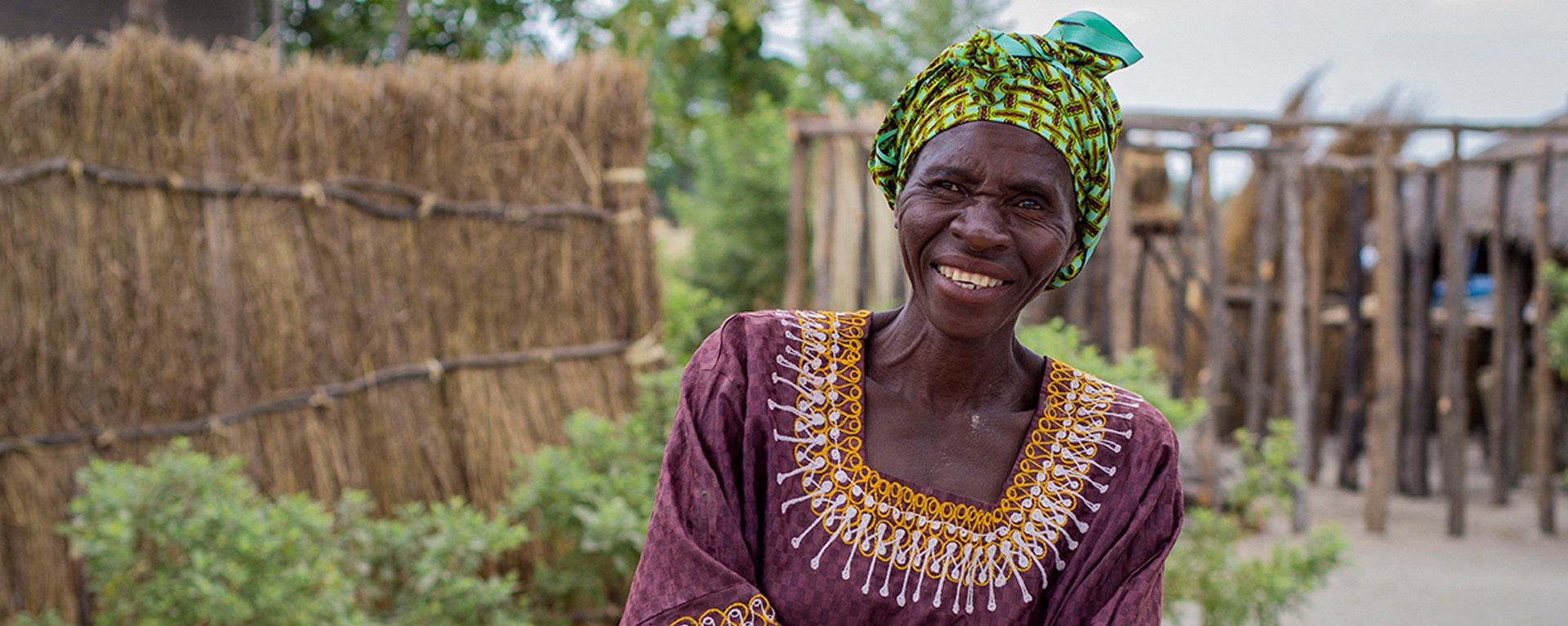
The Kavango Zambezi TFCA is enormous, larger than Germany and Austria combined and nearly twice as large as the United Kingdom. It lies in the Kavango and Zambezi river basins where Angola, Botswana, Namibia, Zambia and Zimbabwe converge.
Imagine an African wilderness the size of France, where thousands of elephants tramp ancient migration trails unfettered by national boundaries. Picture vast horizons of forest, swamp, saltpan and savannah that teem with grazing herds and their attendant predators – and mighty rivers that snake across the land towards roaring cataracts, island labyrinths and desert sands. And imagine this wilderness populated by communities who live in harmony with it, knowing that their wellbeing depends upon preserving its natural riches.
There’s no need to imagine. This wilderness exists and its name is the Kavango Zambezi Transfrontier Conservation Area. If you don’t know the name, you will undoubtedly know many of its top drawcards: world-famous national parks such as Chobe, Moremi, Hwange and Kafue; jaw-dropping natural wonders such as the Okavango Delta and Victoria Falls. Together, these parks and wilderness areas, together with the contiguous parcels and corridors of protected land that connect and surround them, comprise a staggering 520,000 square kilometres. This makes Kavango Zambezi today the second largest conservation area in the world.
Kavango Zambezi - A shared vision
Hidden away on the Zambezi floodplains, you’ll find Zambia’s least explored conservancy, the Simalaha Community Conservancy
Meaning ‘come together’, Simalaha is an apt name for this community conservancy inspired and driven by the Sesheke and Sekhute chiefdoms. Bordering the Zambezi River on the Zambezi-Chobe floodplain, Simalaha is where wildlife and people come together and co-exist under one sky as they once did many years ago.
The vision of Chief Sekute of the Kazungula district and Senior Chief Inyambo Yeta of the Sisheke district to rehabilitate and conserve the region has become a reality through a partnership with the Zambian Government, supported by Peace Parks Foundation. The development of this community conservancy and the implementation of viable natural resource management have been key in uplifting local communities, creating income-generating opportunities through nature-based businesses, including tourism opportunities.
Zambian Horseback Safaris is privileged to be the sole tourism operator in the Conservancy. We are dedicated to preserving the magnificence of the Simalaha Conservancy alongside the communities that live there. This place of wild beauty is an ecology worth holding onto, not to mention the Lozi culture with their long term history on the Zambezi River. One of the first visitors to the reserve commented “Simalaha has the most extraordinary silence, different to other areas – no words can explain it.”
YOUR STAY CONTRIBUTES TO THE COMMUNITY TRUST
We contribute to the Simalaha Conservancy Trust in order to empower and support community initiatives to move out of poverty and to develop a love and ownership of their wildlife.
Park Fees of USD 50.00 per person per night are payable at Zambian Horseback Safaris of which 100% proceeds the Simalaha Conservancy Trust. Simalaha benefits from concession fees as well as the training and employment of local peoples in the construction and running of the lodge.
Peace Parks Foundation - Simalaha Community Conservancy projects include rewilding, anti-poaching, sustainable fishing, reforestation, conservation agriculture, water provision, cookstoves and education.
Doug will be your guide through the story of the Simalaha, the land, the people, its cultural history and relevance to sustainable community and wildlife development














